Combat Climate Change With A Mini Miyawaki Forest: How Tiny Forests Make A Big Impact
Fancy making a forest that reaches maturity faster and works its magic on a small scale? Read on to find out about the mini marvel that is a Miyawaki forest
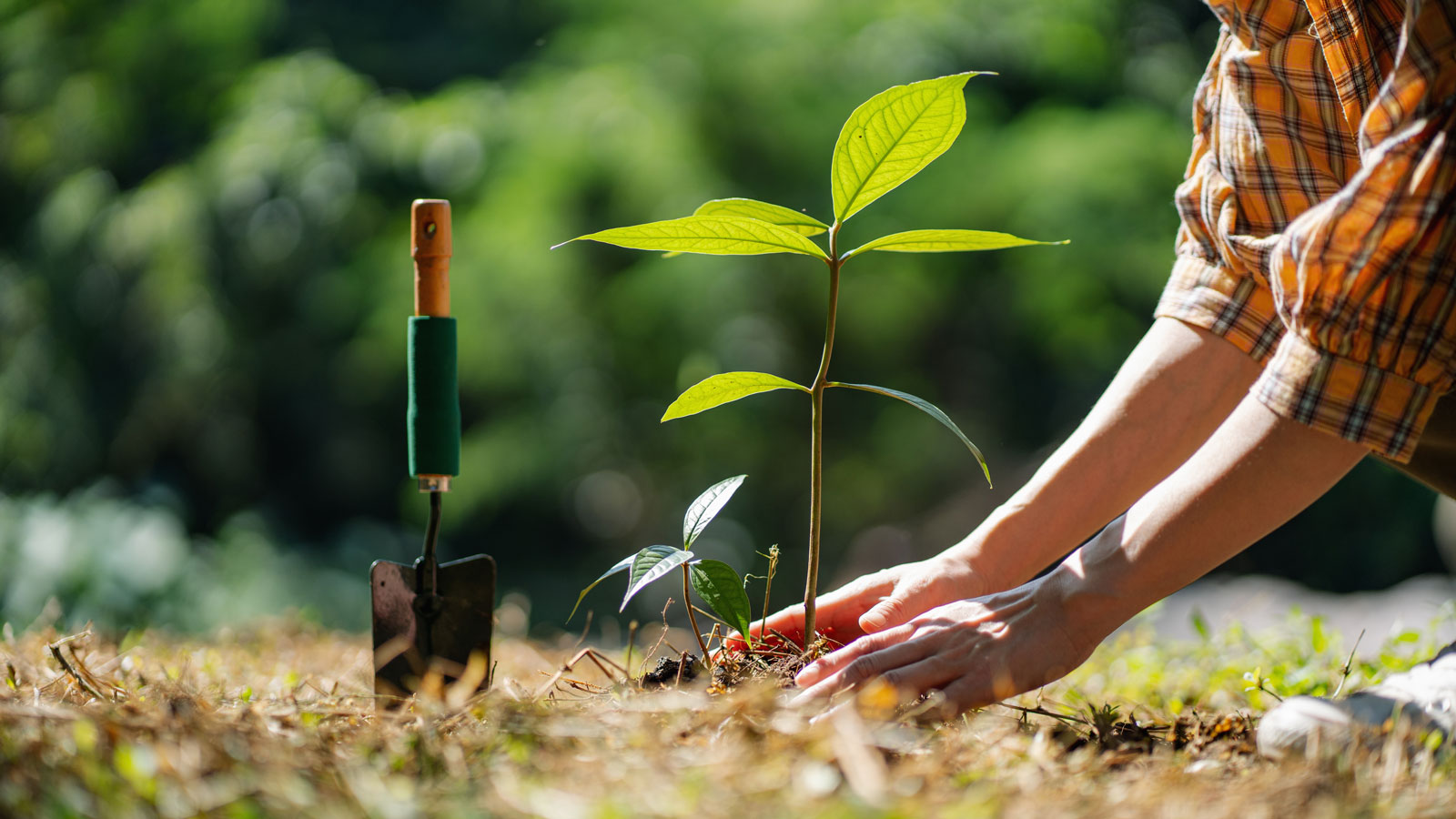
If you have never heard of a Miyawaki forest before, get ready for the miniature botanical revolution set to combat climate change! Miyawaki is a buzz word in the world of botanists, horticulturalists and everyday plant lovers – but it isn’t the name of a plant. Instead, it’s the name of a Japanese botanist and ecologist who came up with a new method for planting trees to reverse climate change – effectively, replanting forests.
Fast forward, and this method has been embraced by urban planners seeking to rejuvenate green or abandoned city spaces. This type of forest is now referred to as a micro forest or pocket forest. Home gardeners can also benefit from Miyawaki’s teachings. Keep reading to learn how to plant a Miyawaki mini forest.
What Is a Miyawaki Forest?
Anyone looking to create a native garden will find a Miyawaki forest beneficial. A Miyawaki or pocket forest is a dense grouping of native trees and shrubs with little if any grass. Utilizing native species is the most important aspect of a pocket forest. The goal here is to recreate the condition of a natural forest, but enable it to flourish and mature in decades rather than the centuries it takes for an old growth forest.
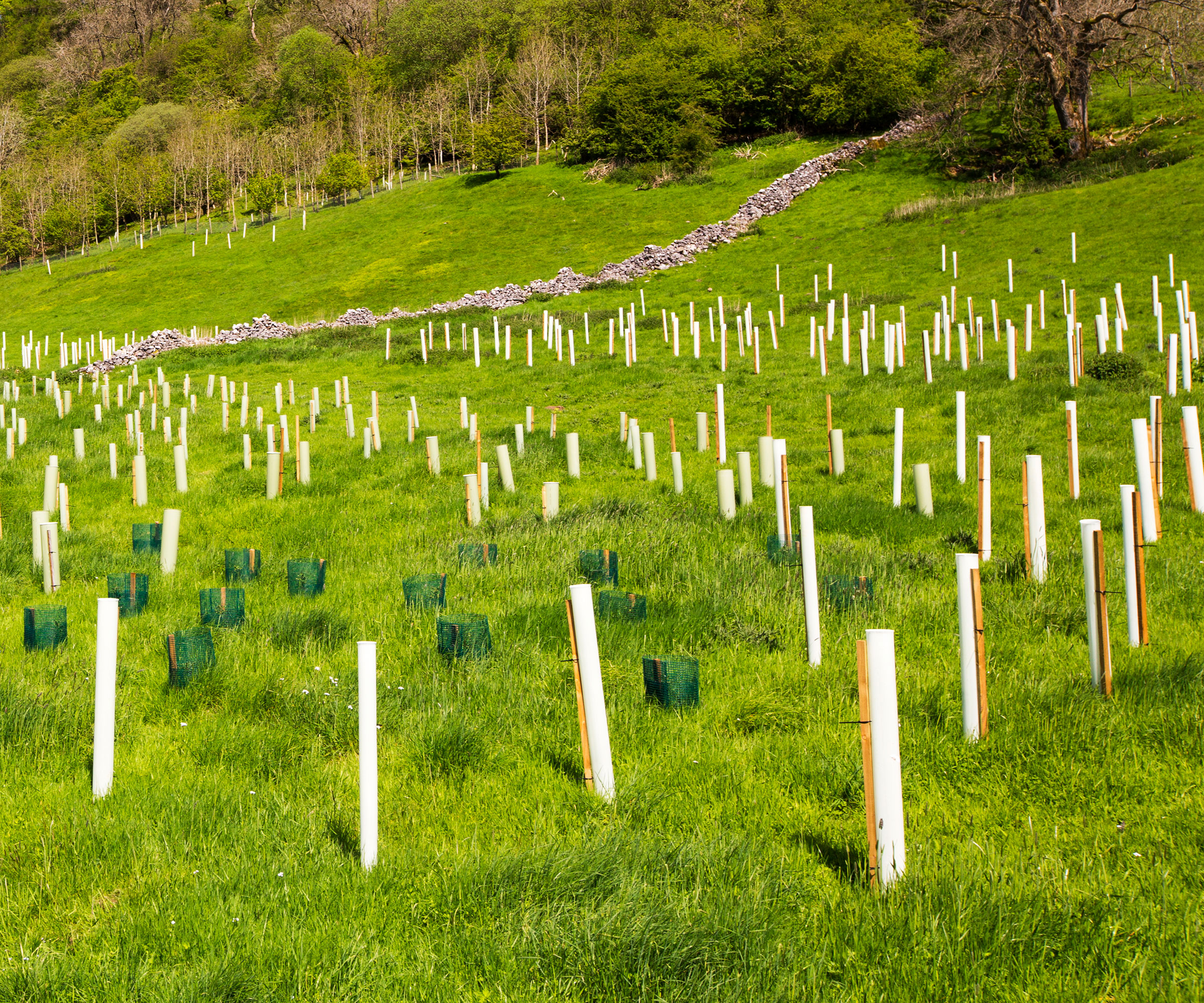
Benefits of Mini Forests
As mentioned, the end goal of mini forests is to facilitate the growth of a forest ecosystem in mere decades versus centuries. What does this accomplish? Mini forests increase biodiversity, lower temperatures, require little if any maintenance, absorb stormwater and associated pollutants, and accumulate carbon more quickly than more traditionally planted green spaces composed primarily of grass.
How the Miyawaki Method Works
The first task is to identify the potential natural vegetation (PNV) of a site. PNV doesn’t refer to the current native species available in the ecosystem, but rather those species that would have been native if no human interaction or environmental hazard had interfered in their acclimation.
As you might imagine, identifying the PNV of an area comes with challenges. By examining the written and archaeological history of an area, a determination can be made regarding the most potentially beneficial PNV. The dominant tree species will make up 25% of a pocket forest, with the rest minor species from the same ecosystem. The key component in correctly identifying the PNV of a site is the relationship and interaction between various species which brings a cohesiveness to the mini forest, allowing it to rapidly become a beneficial ecosystem.
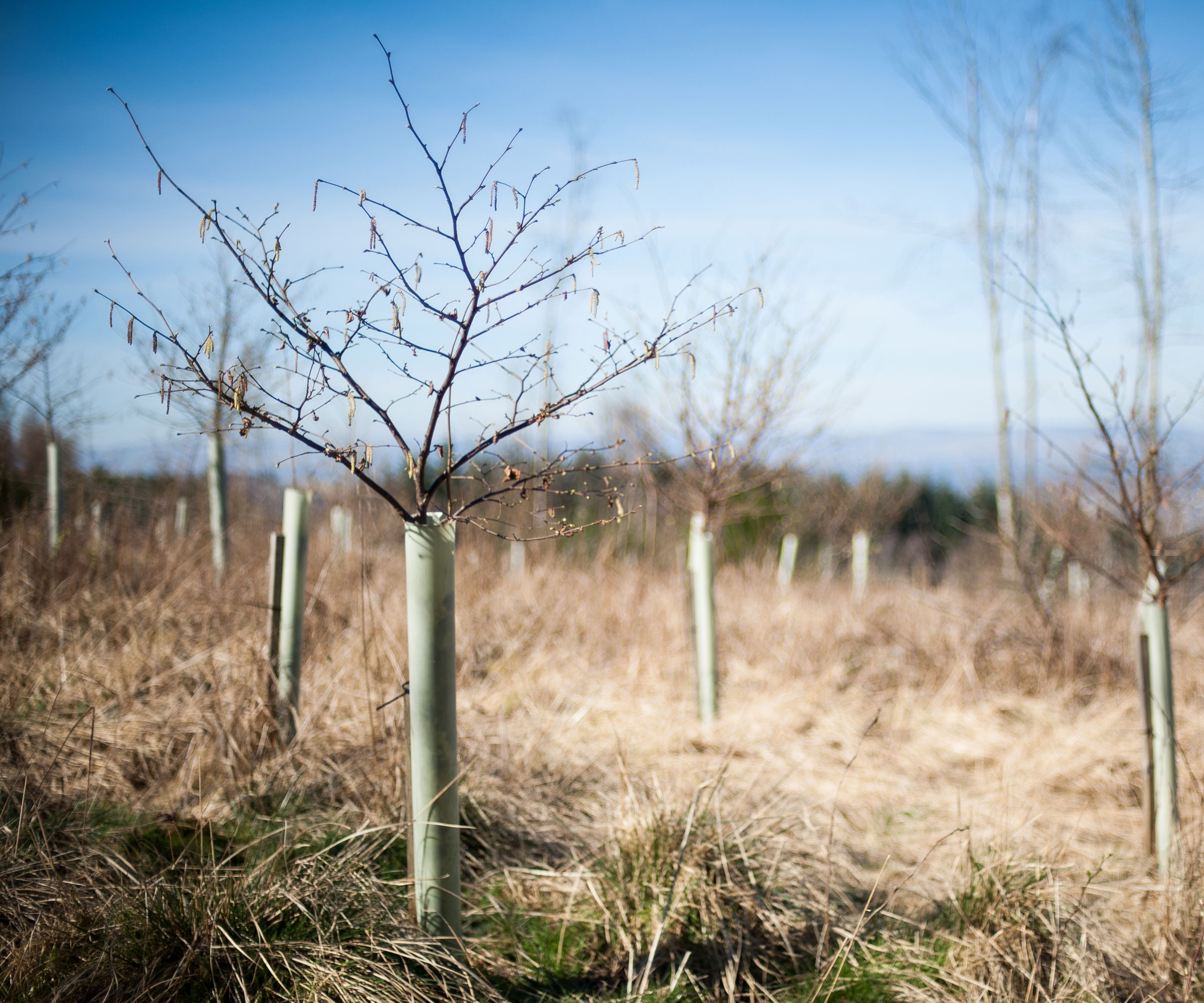
How to Plant a Mini Forest
If you’re interested in planting a mini forest using the Miyawaki method, you first need to locate a suitable area. You don’t need much space; 200 square feet (three square meters) is sufficient. A pocket forest can fill in unused spaces devoid of plant life, or areas with single or multiple trees.
Gardening tips, videos, info and more delivered right to your inbox!
Sign up for the Gardening Know How newsletter today and receive a free copy of our e-book "How to Grow Delicious Tomatoes".
- Plan: Before you do any planting, verify what (if any) utilities might be buried underground. Also when choosing trees, keep their height in mind. You don’t want them growing into overhead lines. Next, evaluate the site conditions – the soil quality and the amount of light the area receives throughout the day.
Make a list of plants for the area. Measure your available space and divide the resulting square footage by four. This will give you the number of trees you need. You need to decide how you are going to obtain your native plants. Will you grow them by seed, or purchase them? Check with your local Conservation District to see if they have native plants for sale. My state of Washington has a Native Plant Society, an excellent source for information and plants, and your state may as well. - Prep: Prepping the site is very important and one of the more important projects is killing the existing vegetation. You can’t have non-native plants cohabitating with native ones since there may be competition, which will kill off the indigenous species.
Remove larger trees and shrubs by digging them out and lay down layers of cardboard, a couple of inches of leaf mold and a few inches (5-10cm) of wood chips. This is called lasagna gardening, and the goal is twofold: to smother existing plants, and to improve the soil as the components break down. Set up your lasagna garden at least four months (if not longer) before you intend to plant. - Plant: The next step is to start your plant selections. If you are starting from seed, you should have sown the seeds months (if not a year or more) ago for some species. If purchasing from a nursery or the like, contact them a few months ahead of time to ensure they have enough plants of the right type for your mini forest.
The soil should be prepared for planting with the removal of vegetation and creation of a lasagna bed. Trees should be planted two feet (60cm) away from each other. A little bit farther apart is OK, but no more than four feet (1.2m) should separate them. Don’t plant in rigid lines, since when is a forest so regimented?
Move from planting trees to shrubs, perennials and groundcovers. As you plant, mark the locations with flags or stakes, ideally coded to a map of plantlife you’ve made. A map of the area including the names of the plants will help greatly when you are observing its growth or working on maintenance in the area.
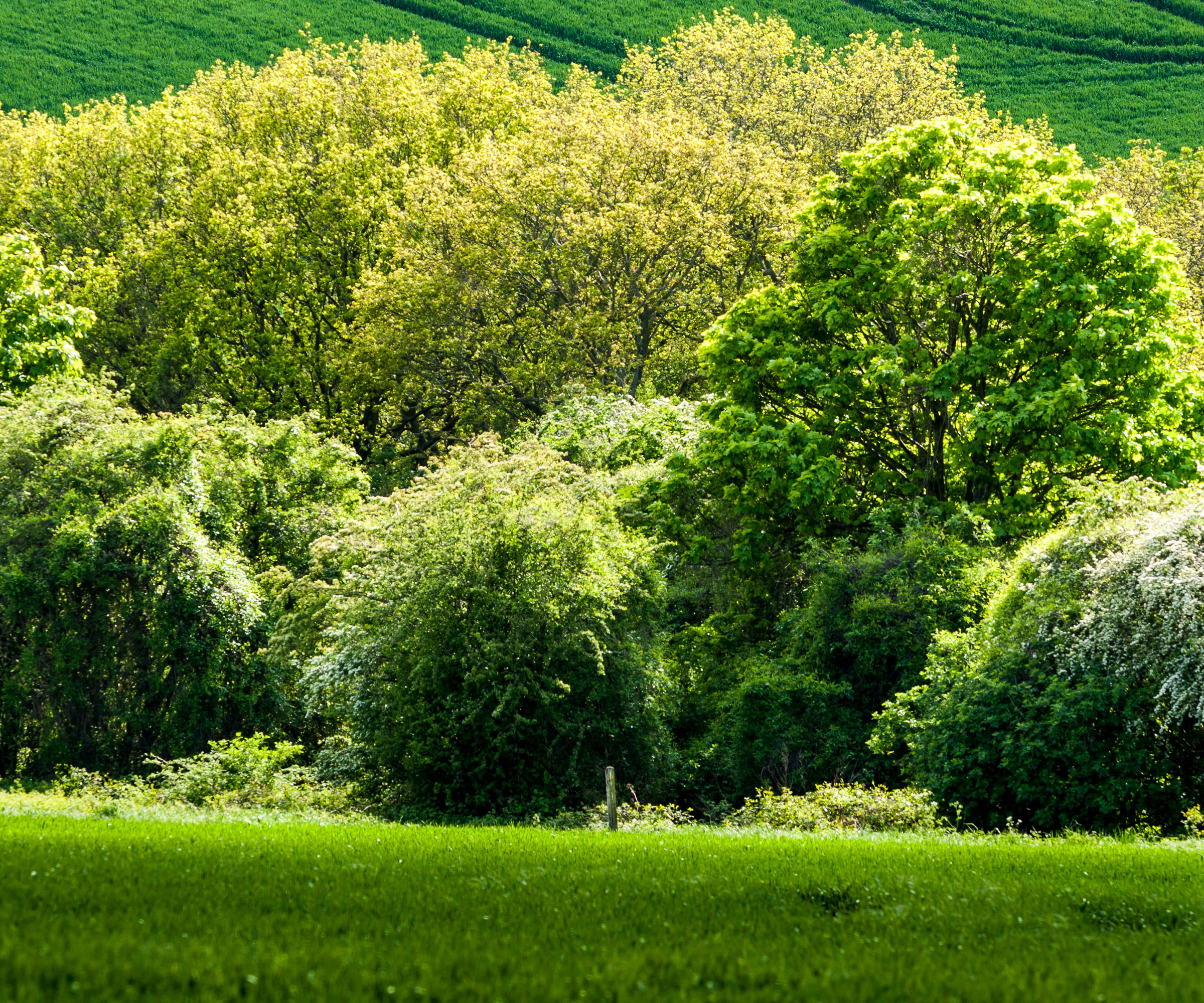
Caring for a Mini Forest
While not strictly necessary, the MIyawaki method calls for a thick layer of natural mulch, reminiscent of a natural leaf drop on the forest floor. This will help to feed the plants and retard the establishment of invasive plants and vines, but should only be necessary in the first year of planting. Thereafter, if all goes well, your pocket forest should be self-sufficient.
In the long term, there should be little if any maintenance required of your pocket garden since the goal is to create an ecosystem that is self-sustaining. Newly planted trees and shrubs, however, will likely need supplemental watering. The area should also be checked frequently for any invasive plant activity, which should be removed. Again, while not absolutely necessary, your pocket forest would benefit from the application of compost tea or leaf compost.
Frequently Asked Questions
What Trees are Best for a Miyawaki Forest?
The best trees for a Miyawaki forest are those that are native to your area and are thus adapted to conditions at the site.
How Long Does it Take to Grow a Miyawaki Forest?
A Miyawaki forest is designed to mature in 20-30 years, rather than the centuries it takes for old growth forests to establish.

Amy Grant has been gardening for 30 years and writing for 15. A professional chef and caterer, Amy's area of expertise is culinary gardening.
-
 Looking For Plants To Give You The Soft And Fuzzies? Try These 5 Fuzzy Leaf Plant Options
Looking For Plants To Give You The Soft And Fuzzies? Try These 5 Fuzzy Leaf Plant OptionsLovers of texture, drama, silver foliage and tactile plants will adore these special sensory garden additions. These fuzzy leaf plant options will leave you all aglow
By Susan Albert
-
 Get Ready For A Summer Of Hummers! Grow These Full Sun Hummingbird Plants and Flowers
Get Ready For A Summer Of Hummers! Grow These Full Sun Hummingbird Plants and FlowersIf you’re lucky enough to enjoy a sunny backyard, make sure you are maxing out on your pollinator opportunities and grow these full sun hummingbird plants and flowers
By Tonya Barnett
-
 Cut Flower Garden For Beginners: 8 Easy Decorative Floral Plants For Newbies To Grow
Cut Flower Garden For Beginners: 8 Easy Decorative Floral Plants For Newbies To GrowAre you new to growing decorative florals for bouquets and ornamental displays? A cut flower garden for beginners is well within reach if you grow these flower seeds
By Tonya Barnett
-
 Spectacular Early Blooming Shrubs: 6 Sparkling Spring Flowering Bushes
Spectacular Early Blooming Shrubs: 6 Sparkling Spring Flowering BushesWant to kickstart your gardening year with dazzling spring flowering bushes for beds and borders? These unique early bloomers are sure to help you rise and shine!
By Teo Spengler
-
 Quick Fire Hydrangea – The Elegant, Easy-Care Shrub Every Gardener Needs In Their Landscape
Quick Fire Hydrangea – The Elegant, Easy-Care Shrub Every Gardener Needs In Their LandscapeIf you’re after an early flowering panicle hydrangea that offers plenty of floral variety, the Quick Fire hydrangea goes big on visual dynamics from early summer to fall
By Tonya Barnett
-
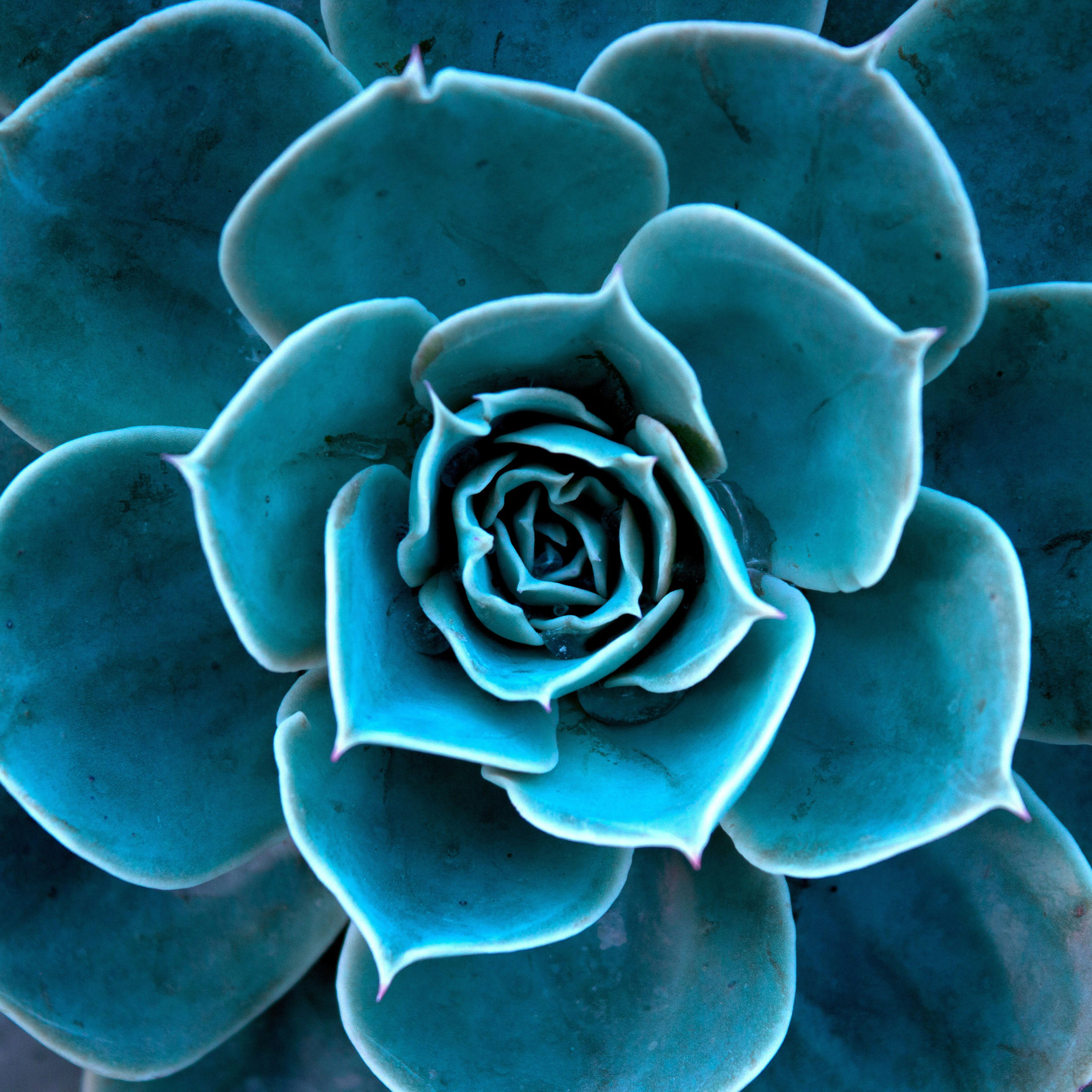 Time For Teal: 7 Terrific Teal Plants To Grow In Your Home Garden
Time For Teal: 7 Terrific Teal Plants To Grow In Your Home GardenIt’s an emerging color with a devoted following in fashion and interiors, but can you enjoy blue-greens in your garden? We round up the best teal plants you can grow
By Tonya Barnett
-
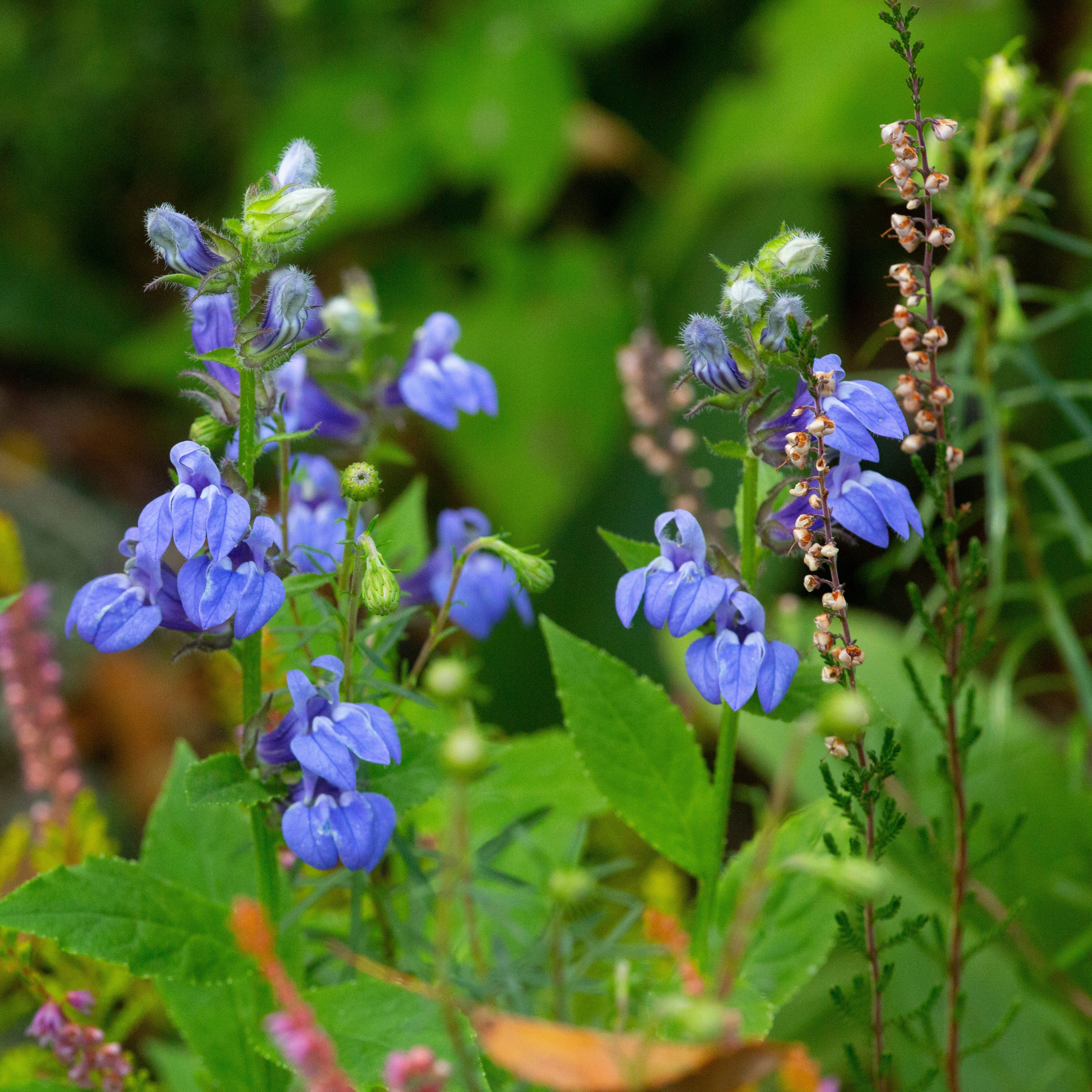 Grow Great Blue Lobelia: Native Blue Cardinal Flowers For Butterflies And Hummingbirds
Grow Great Blue Lobelia: Native Blue Cardinal Flowers For Butterflies And HummingbirdsIf you’re keen to enhance your native plants or attract more pollinators, blue cardinal flowers are an essential flowering perennial. Here’s how to grow great blue lobelia
By Tonya Barnett
-
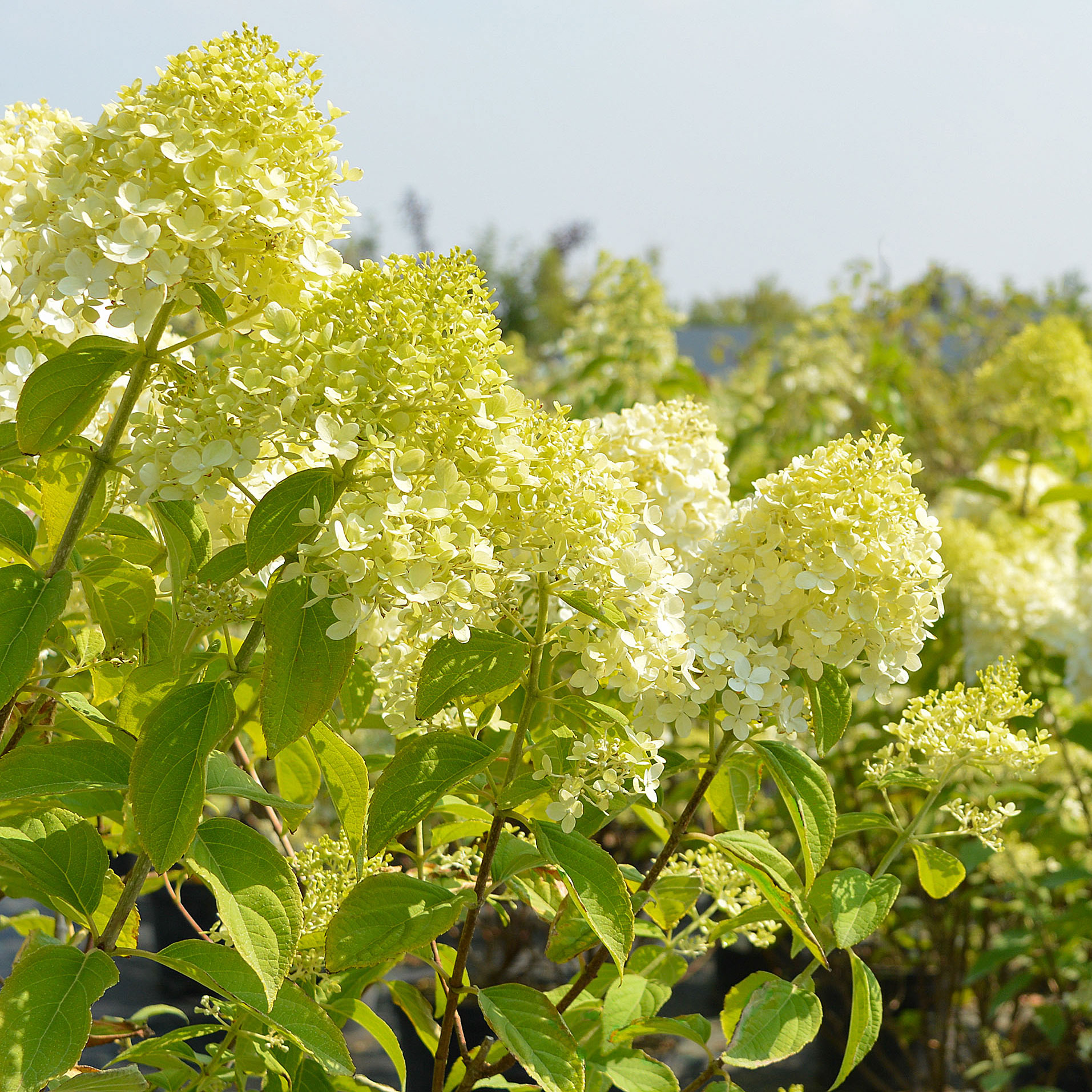 Grow Limelight Hydrangea Shrubs For Green Themed Displays And Brilliant Borders
Grow Limelight Hydrangea Shrubs For Green Themed Displays And Brilliant BordersIf you're a panicle hydrangea lover in search of flamboyant, long-lasting florals, knowing how to grow Limelight hydrangea shrubs will ensure gorgeous green blooms
By Mary Ellen Ellis
-
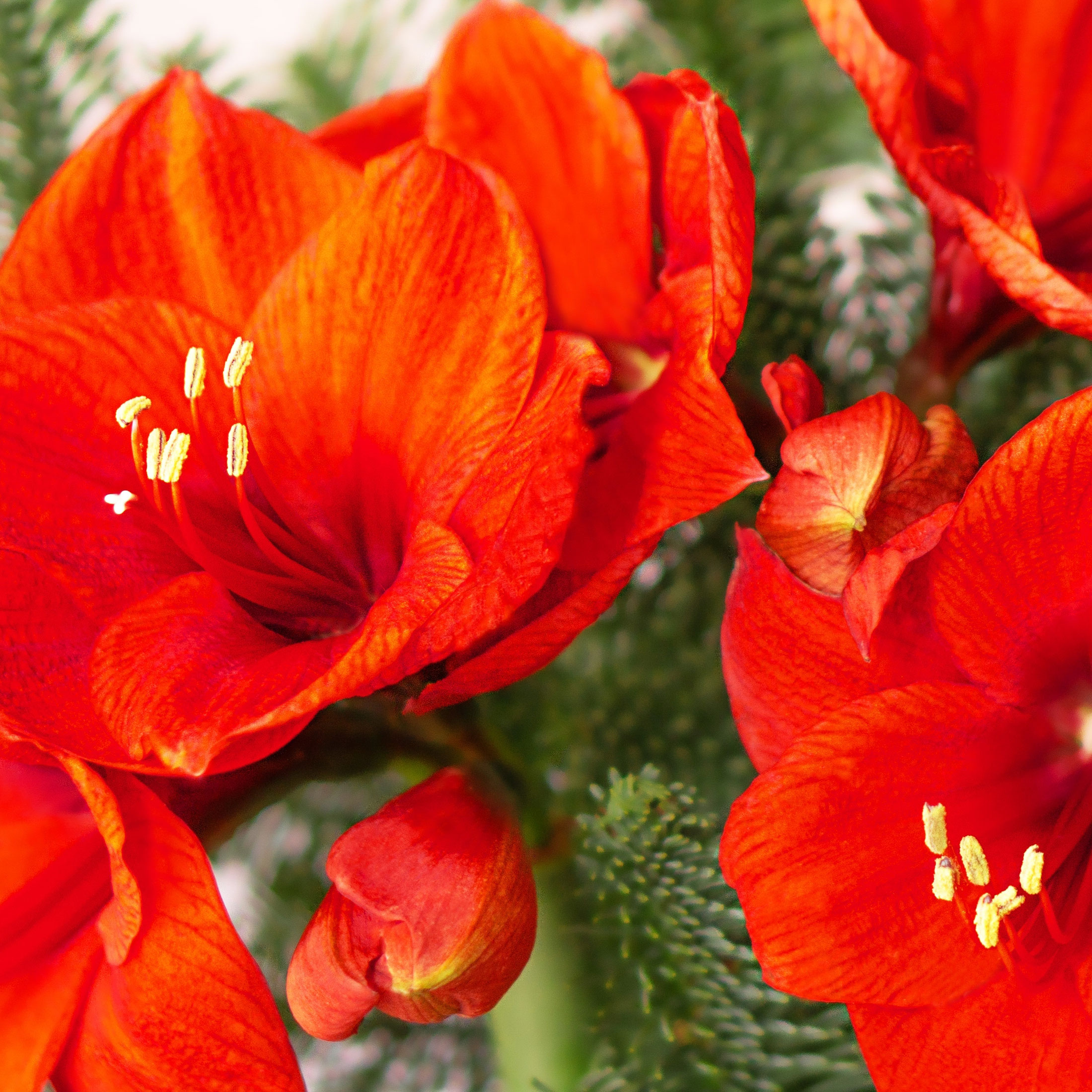 Warm Up Your Winter With Indoor Reds! 8 Red Amaryllis Varieties For Sizzling Seasonal Interest
Warm Up Your Winter With Indoor Reds! 8 Red Amaryllis Varieties For Sizzling Seasonal InterestWell loved as a bold decorative holiday bloomer, the red amaryllis is a hot favorite for winter displays. These red amaryllis varieties are guaranteed to fire up the season
By Tonya Barnett
-
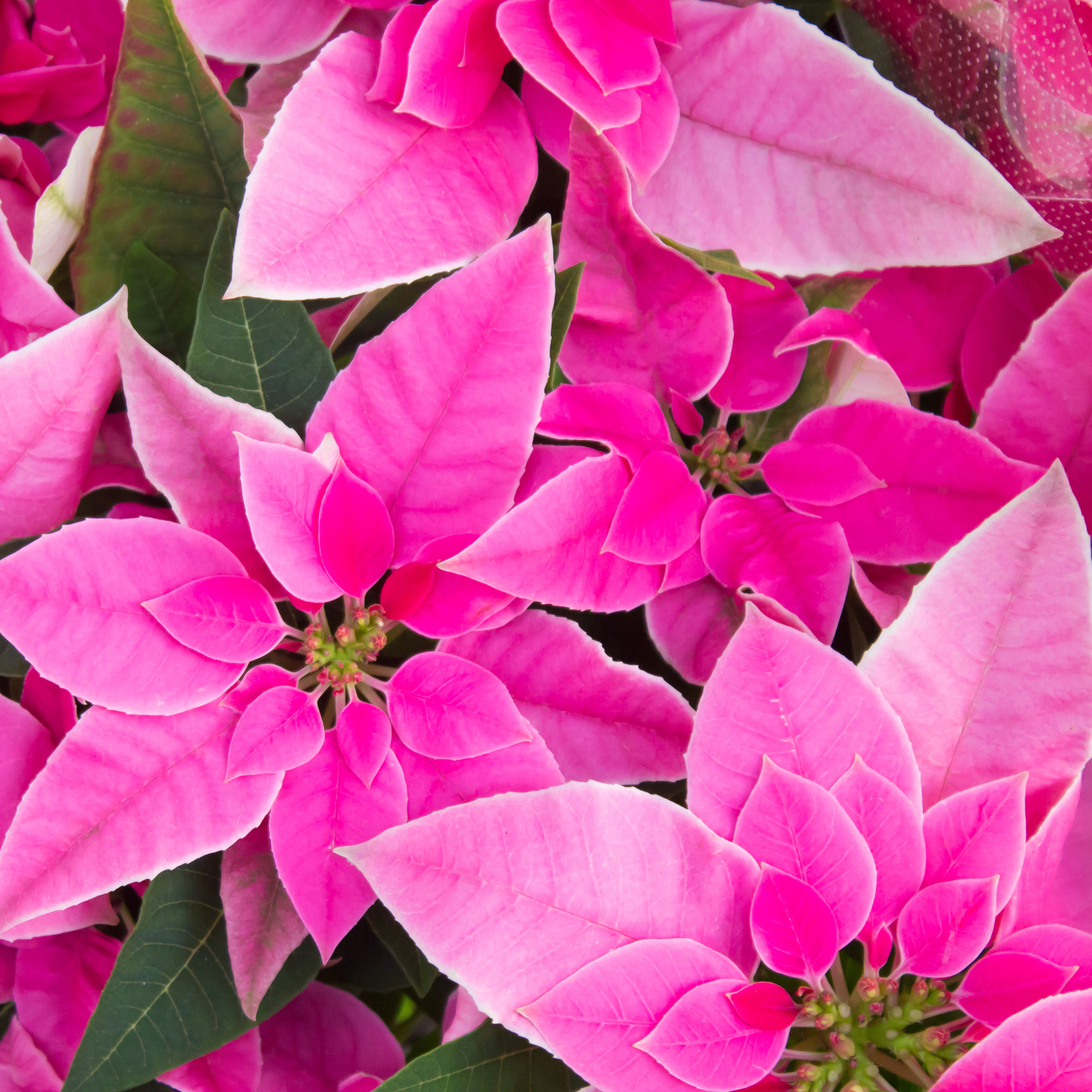 Poinsettia Pinks: 7 Pink Poinsettias To Grow For Neon Hot Tones And Cool Pretty Pastels
Poinsettia Pinks: 7 Pink Poinsettias To Grow For Neon Hot Tones And Cool Pretty PastelsWhile the traditional red poinsettia is a staple of many homes over the holiday period, they are not your only option. For cheerful brights or pastels, why not grow pink poinsettias?
By Tonya Barnett